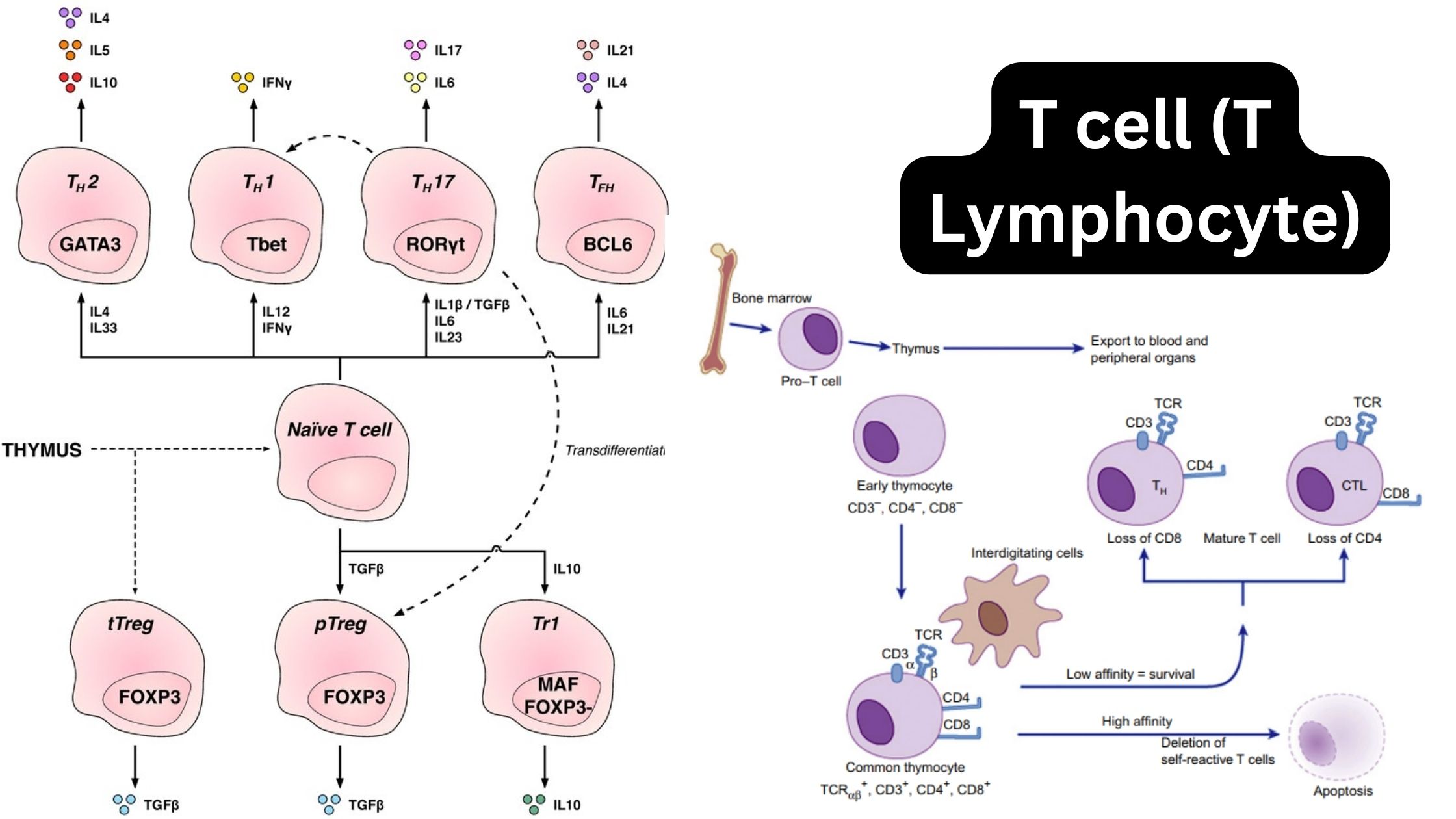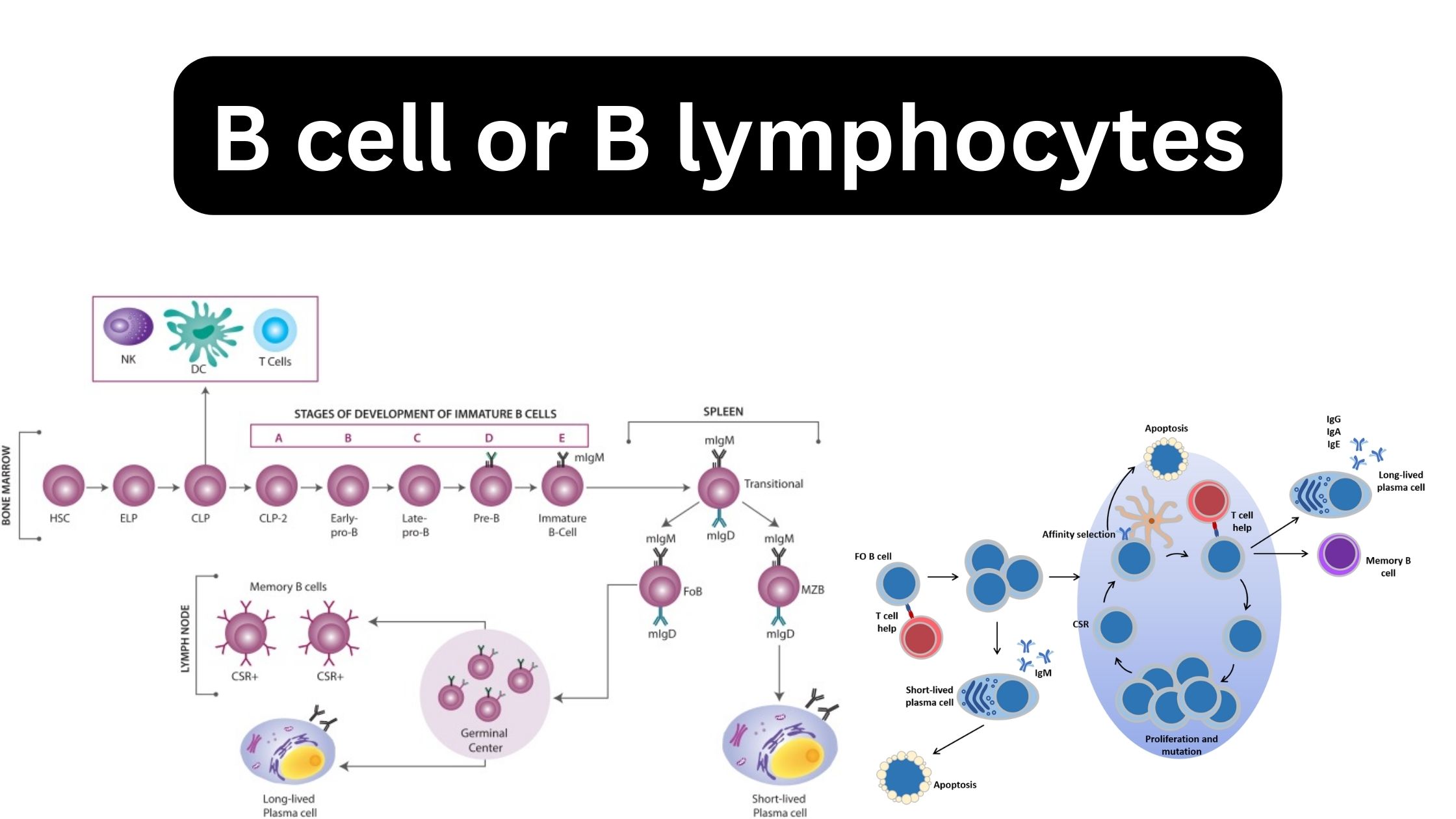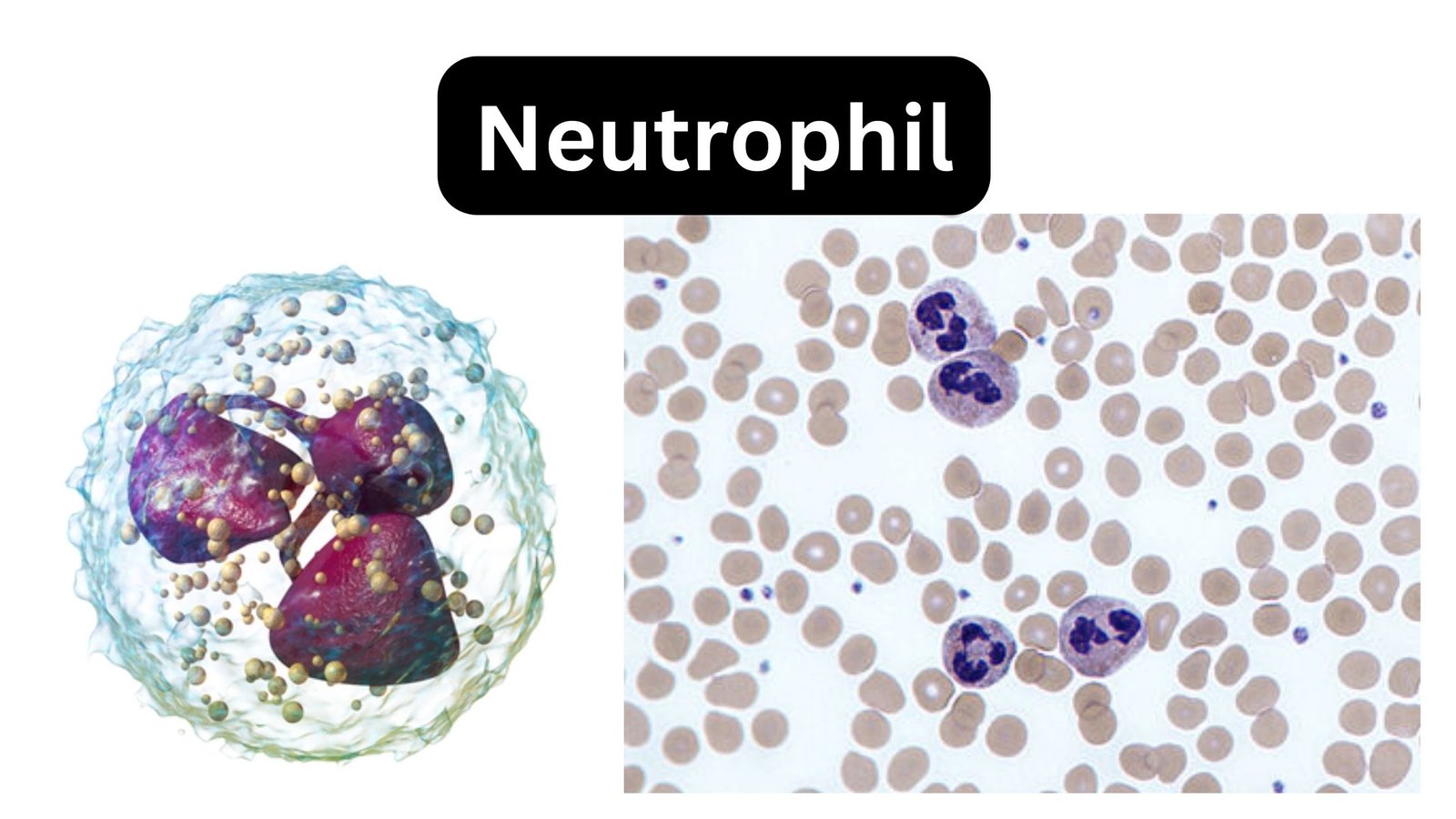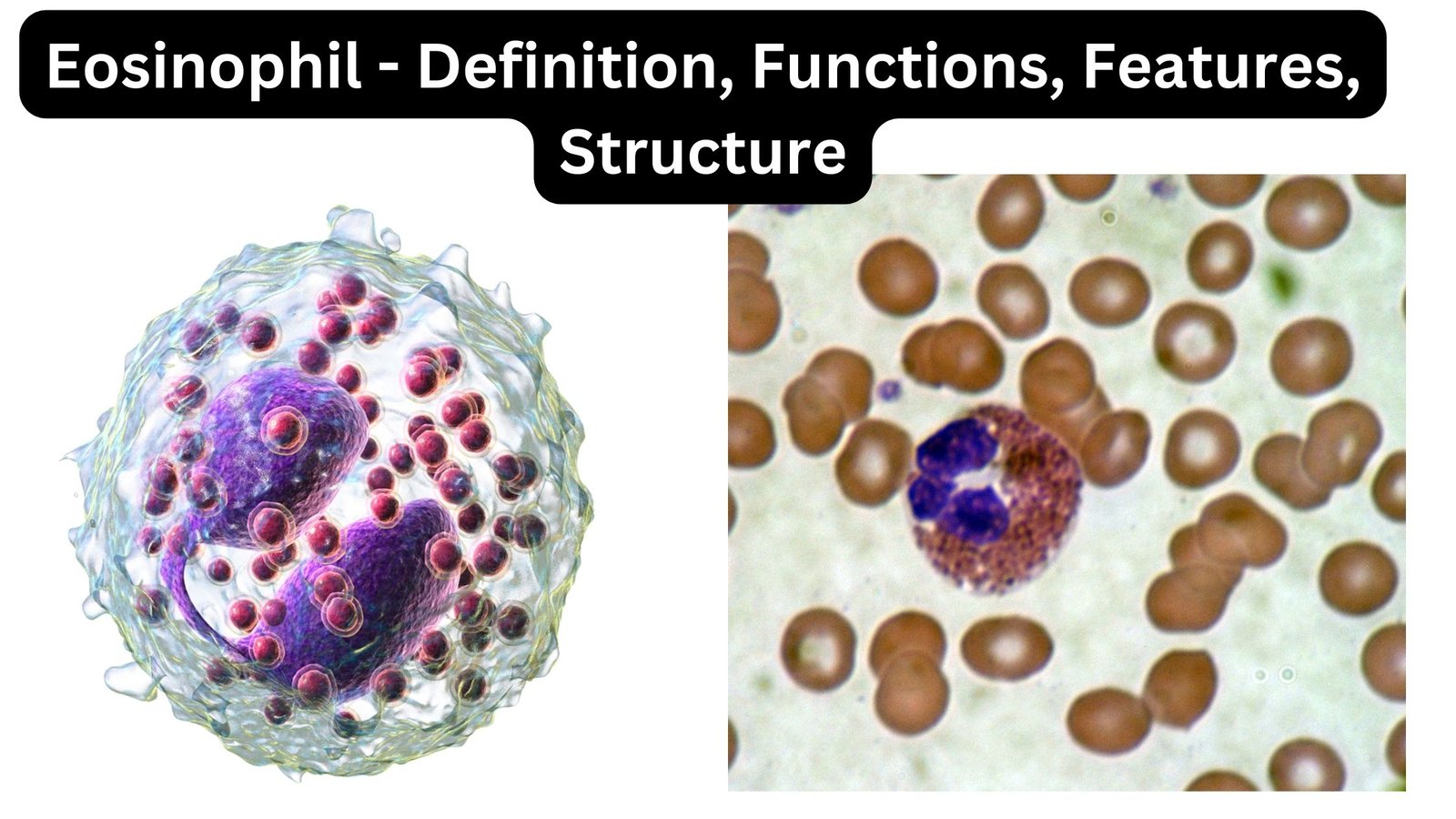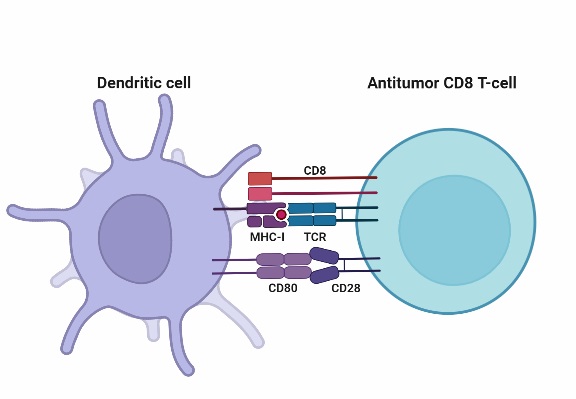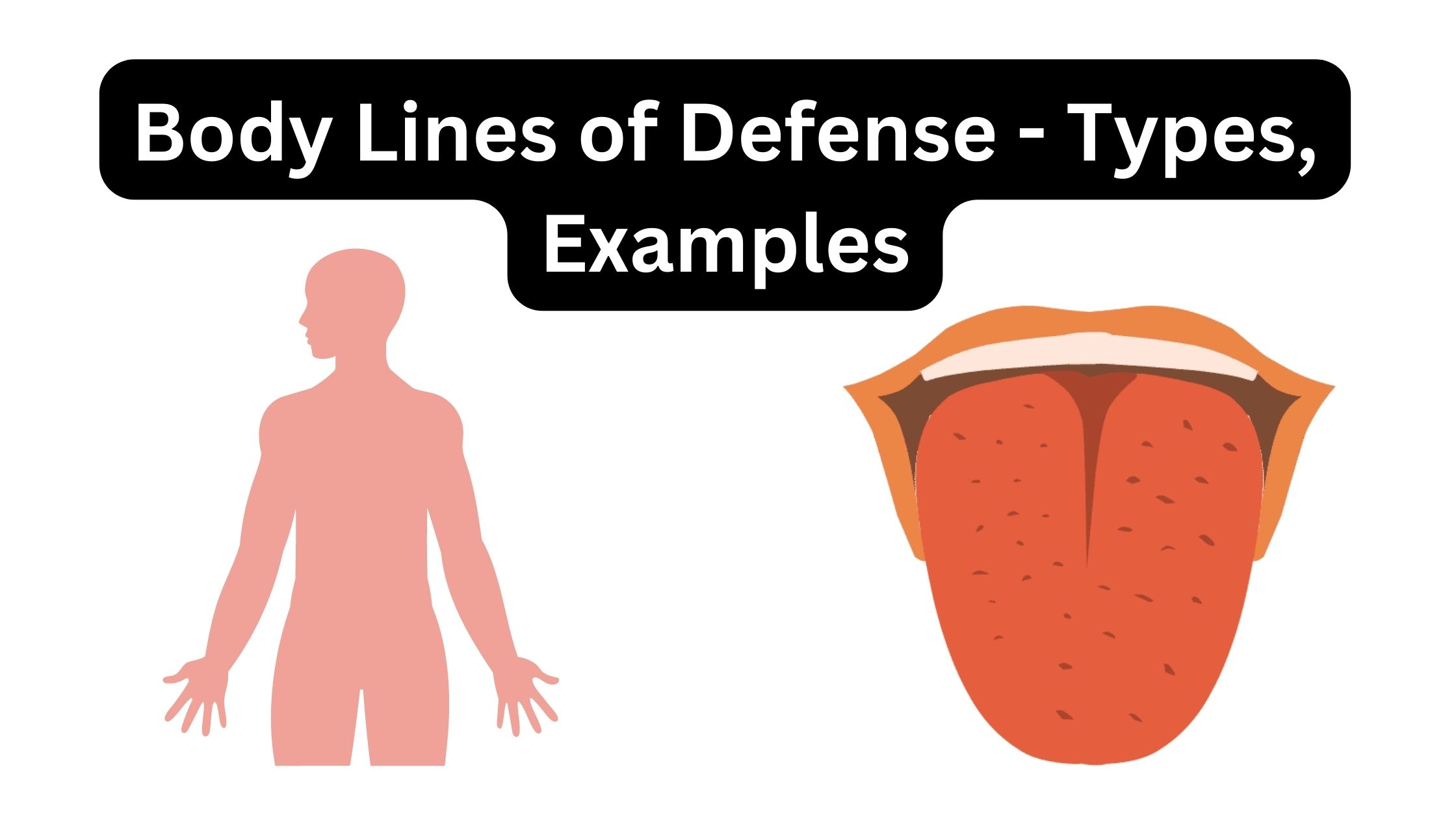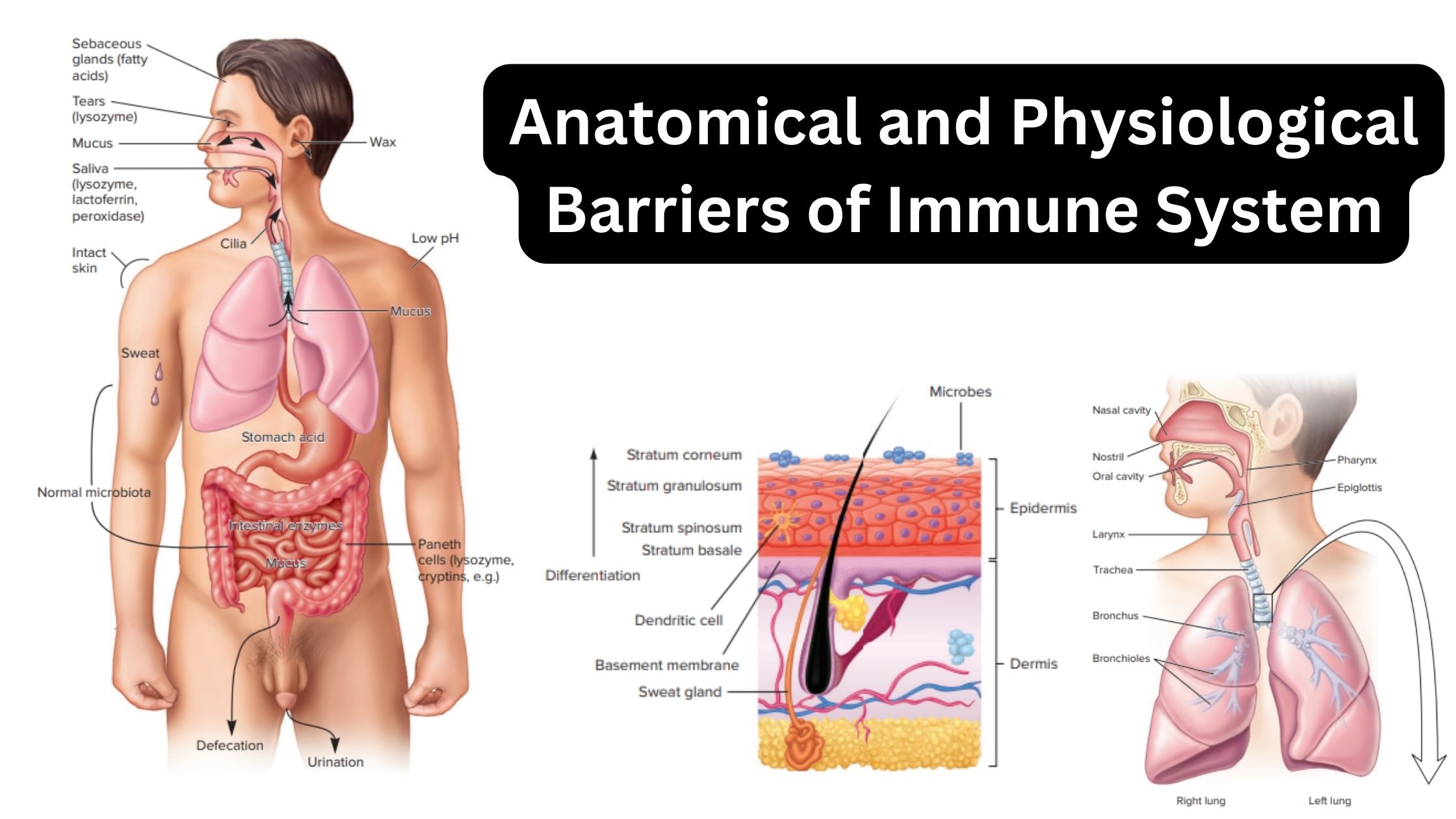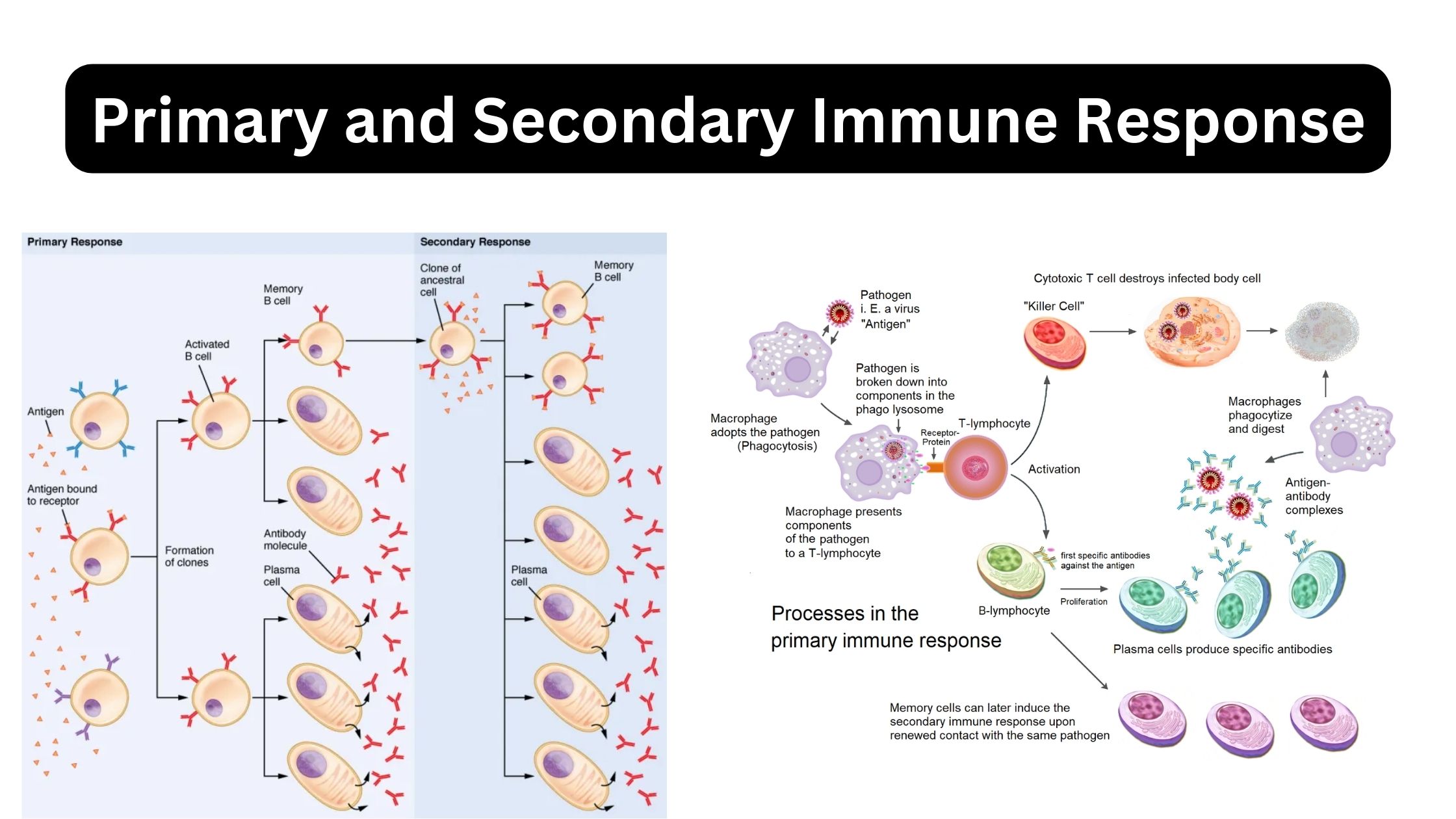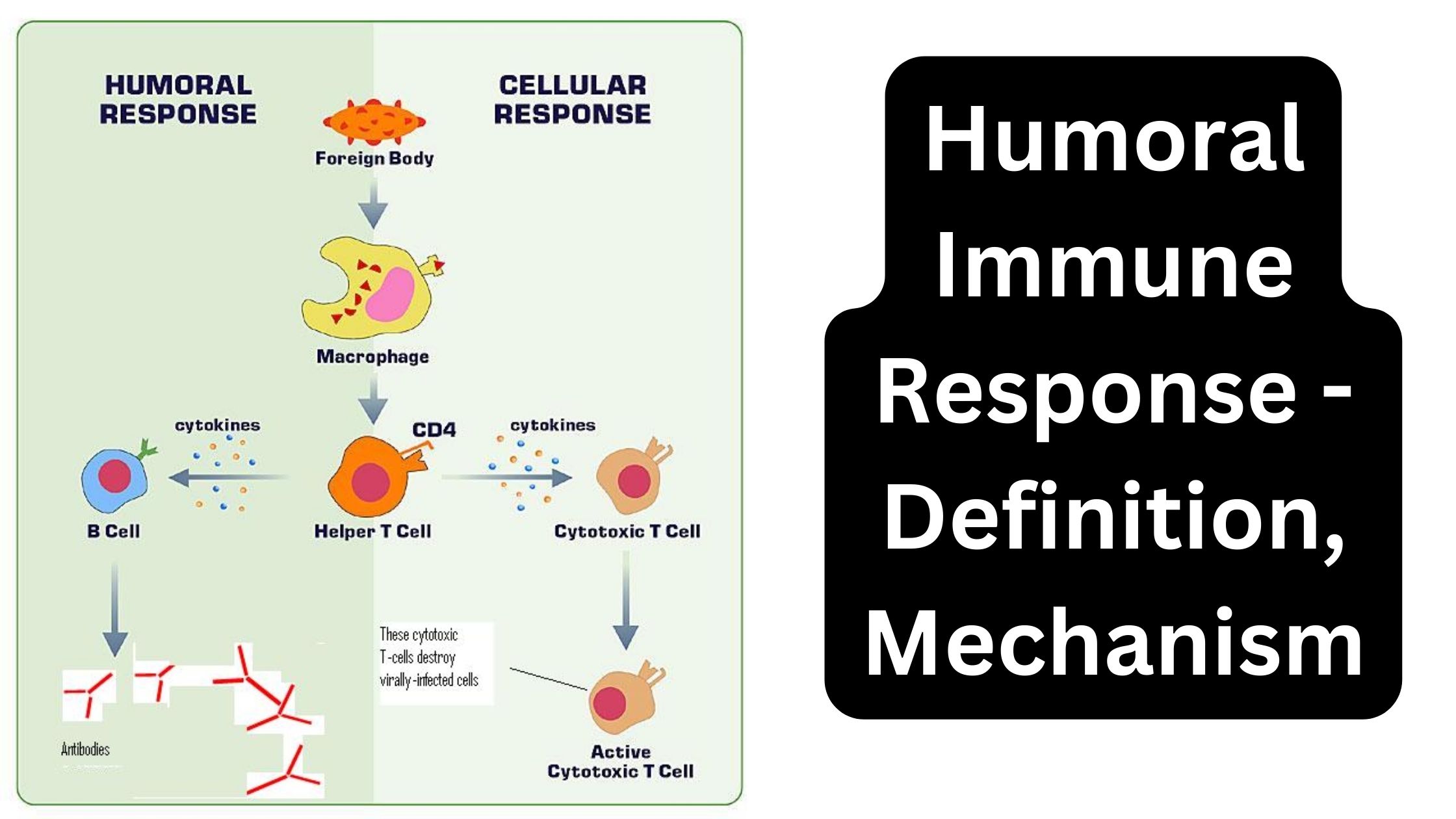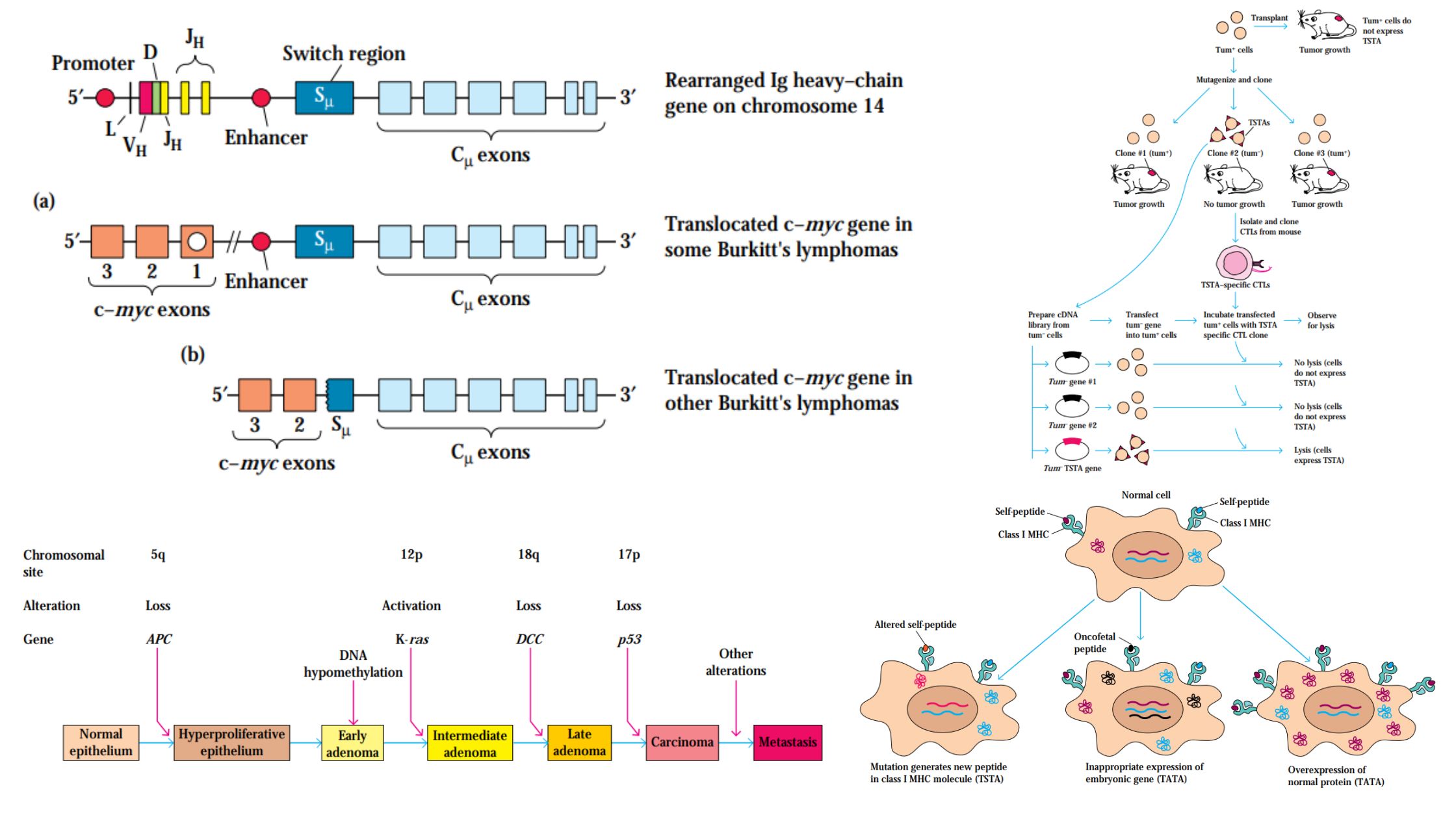T cell (T Lymphocyte) – Definition, Structure, Types, Development, Functions
What is T cell (T Lymphocyte)? Definition of T cell (T Lymphocyte) T cells, also known as T lymphocytes, are a type of white blood cell that plays a crucial role in the immune system. They are responsible for recognizing and attacking foreign pathogens, infected cells, and cancer cells. T cells have specialized receptors on … Read more
